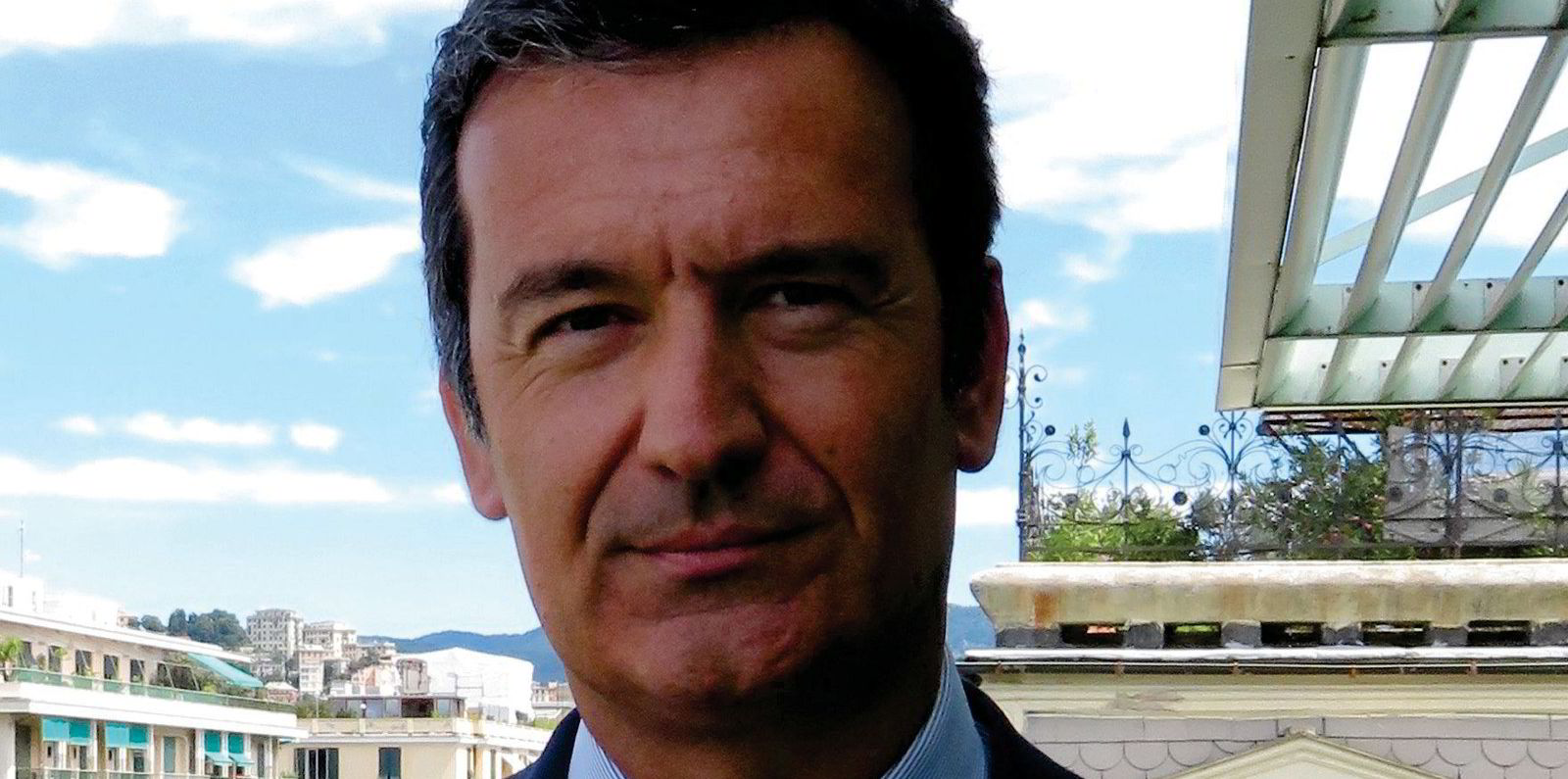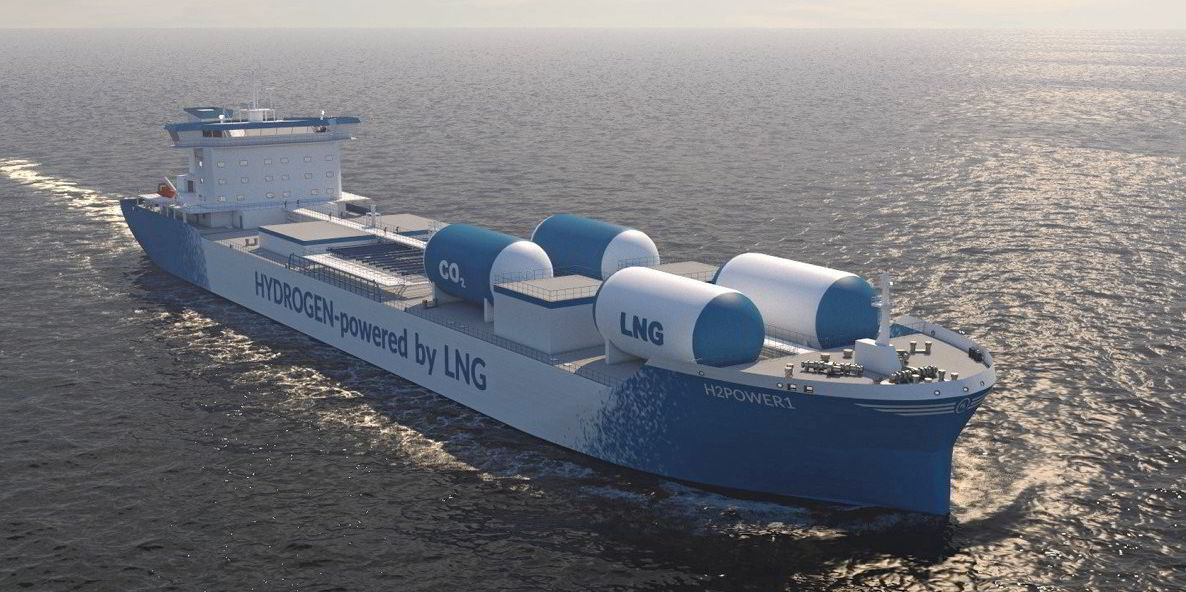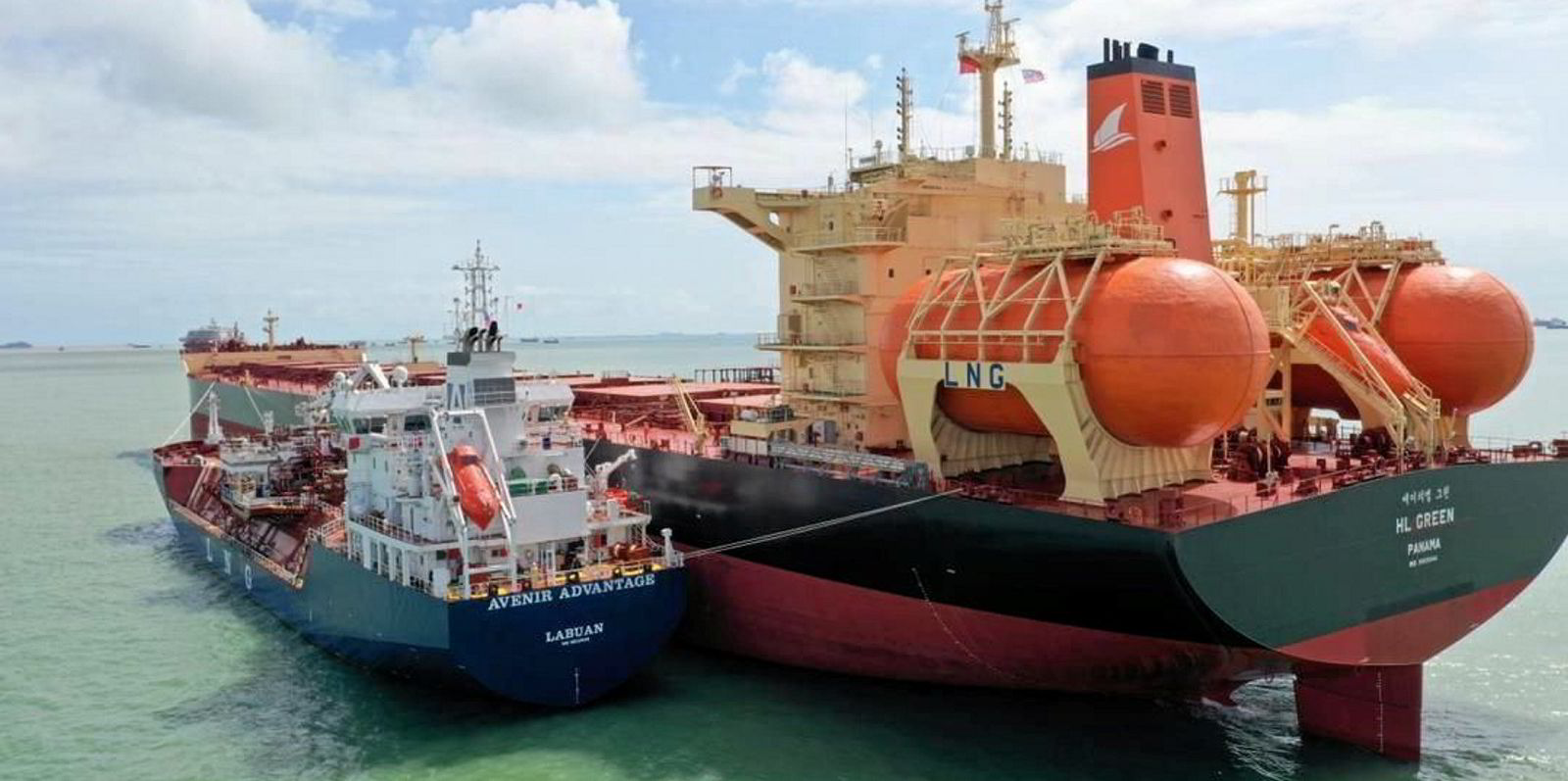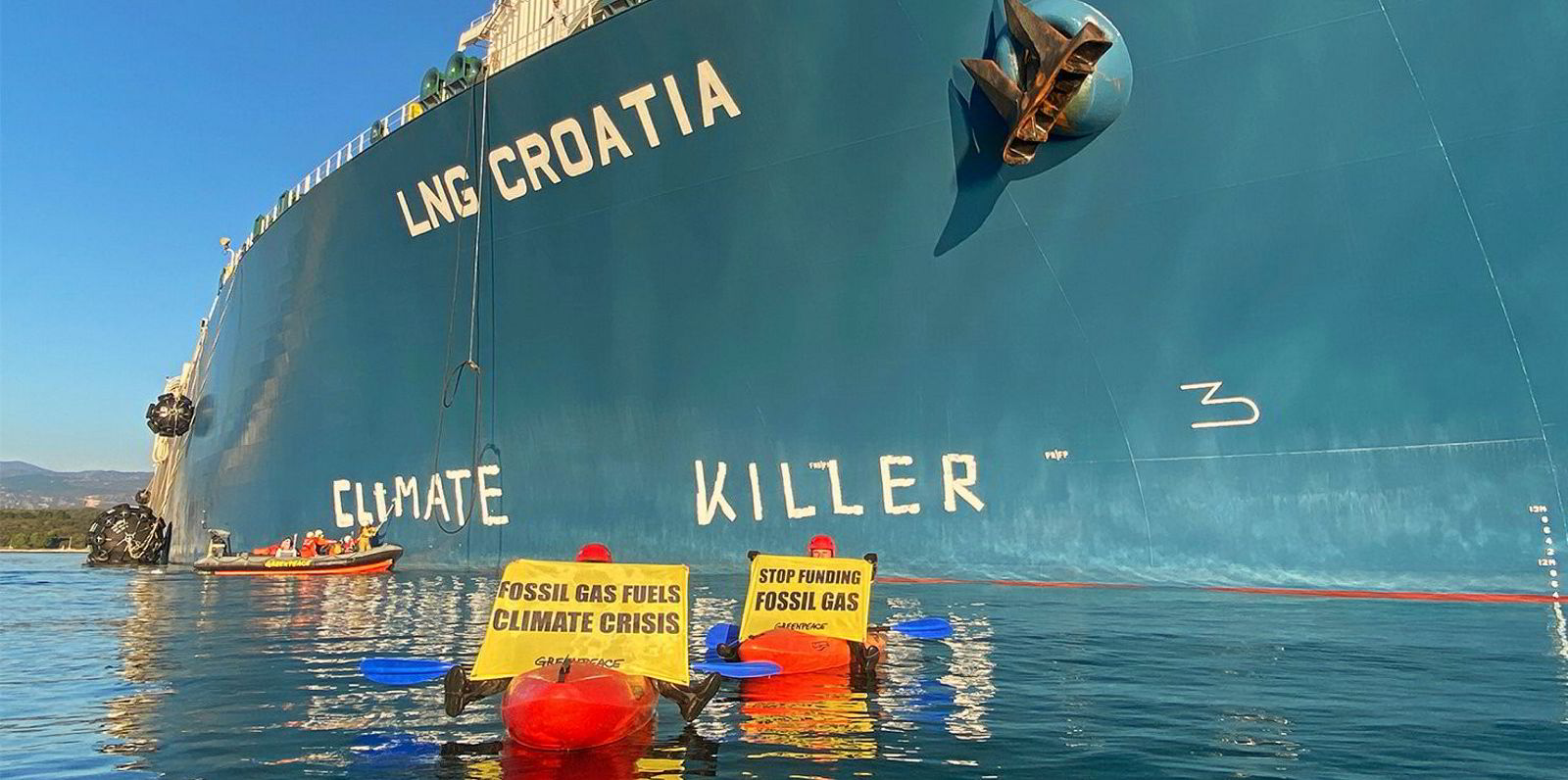Sweden’s FKAB Marine Design has won Approval in Principle (AiP) from class society RINA for an LNG-fuelled MR tanker that would produce hydrogen as a fuel onboard and offer a reduction of more than 70% in CO2 emissions.
RINA, which conceived the design, said the propulsion system is based on combining the ship’s LNG fuel with steam in a gas reformer to split LNG molecules into hydrogen and CO2.
The hydrogen produced can be used to power the main engine, or fuel cells, or a hybrid of the two. The AiP covers the hybrid option.
The CO2 is captured by splitting the LNG molecules, rather than from exhaust gas.
It is then liquefied by the cryogenic steam from the LNG and can be used as the inert gas for the tanker.
No additional bunkering, aside from the LNG, is required.
RINA said this is the first AiP of a design using currently viable technology and fuels that achieves IMO 2050 targets.
Antonios Trakakis, marine technical director for RINA in Greece, said: “This new design enables the use of hydrogen as a fuel today without the need for bunkering and storage on board and exceeds IMO 2050 targets for 70% reduction of carbon intensity.
“To meet CO2 reduction targets, shipping is faced with the challenge of having solutions which either rely on fossil fuels, but which still require technology to mature, or on new, zero-carbon fuels, the availability of which is still far from being guaranteed.”
FKAB head of sales & marketing department Andreas Hagberg said: “The concept is revolutionary because it does not require any portside hydrogen infrastructure.

“The hydrogen is created onboard the vessel and all necessary equipment can be easily fitted on deck, so shipowners can convert existing vessels.
“The fuel cells have been specifically developed to produce more power and fewer emissions.”
RINA Services chief executive Paolo Moretti told TradeWinds that the design concept —which is already in use onshore in the power sector — can give confidence to shipowners who are confused about which type of propulsion system to order.
Moretti explained that owners can start with LNG fuelling and choose to retrofit the reformer as they move to meet decarbonisation targets.
He said discussions on the design have already taken place with major shipyards in Asia and tanker operators.
Moretti expects an order for the vessel within this year.
RINA said that with this design the hydrogen usage can be progressively increased to maintain a top Carbon Intensity Indicator rating throughout the life of the ship, reducing CO2 emissions in a parallel slope with the applicable regulations.
“The ship can meet full decarbonisation targets by either running the engine on 100% hydrogen, or by producing all the power needed by fuel cells. In this way, the owner can decide the rate of CO2 reduction.”
Trakakis said the concept “opens the door” to cutting emissions in a shorter time frame, adding that the technology can be applied to a wide range of vessel types and sizes.
The LNG-hydrogen-fuelled MR is the result of a joint project with ABB and Metacon subsidiary Helbio.






